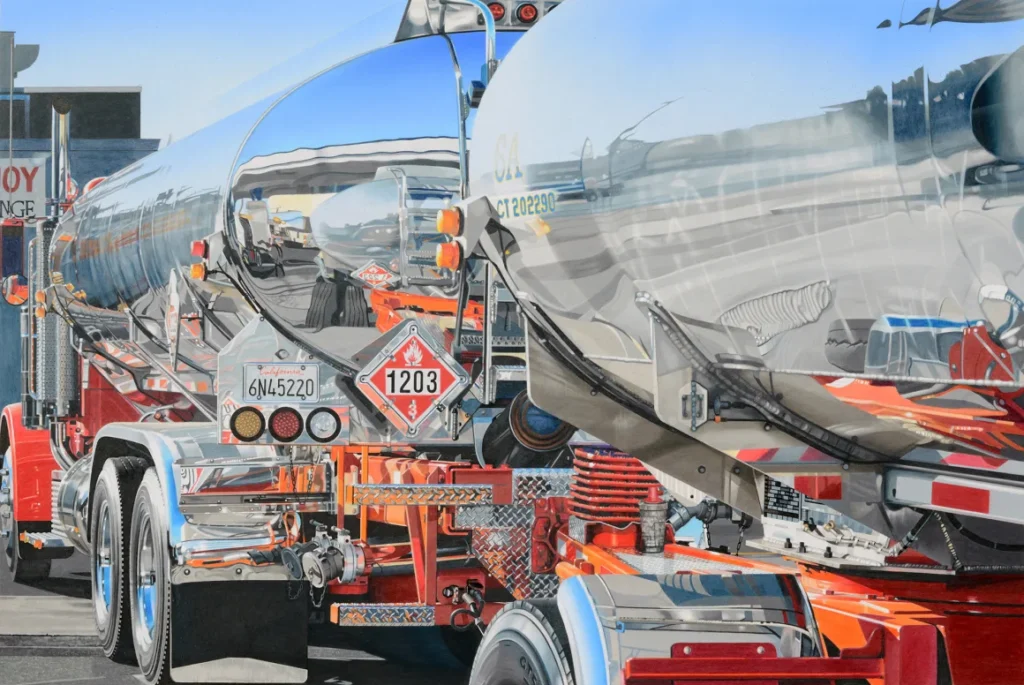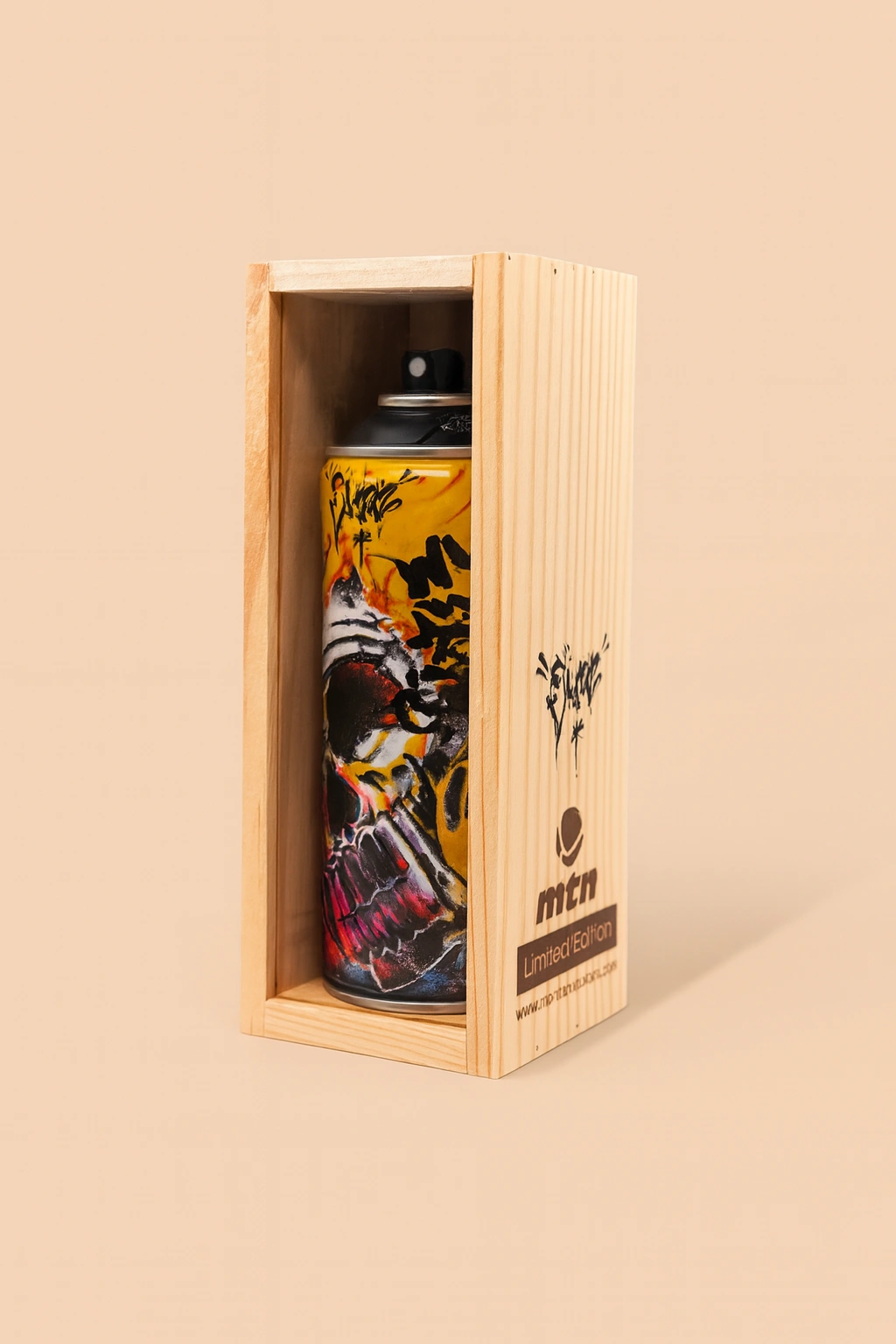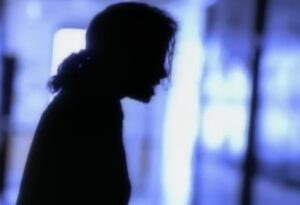At first glance, these drawings of trucks seem like photographs taken with a high-end DSLR camera. The attention to detail is extraordinary: the reflections on the chrome, the subtle texture of rust on the metal, and the delicate shading that captures the varying degrees of light across the truck’s surface. Yet, these images are not photographs; they are hyperrealistic drawings, painstakingly created by artists who spend hundreds of hours on each piece. This level of dedication and skill sets these works apart, making them both fascinating and worthy of critical exploration.
Hyperrealism, an art genre that strives to create drawings or paintings that appear as realistic as high-resolution photographs, pushes the boundaries of what traditional art can achieve. The artists specializing in this form have refined their techniques to such a degree that it becomes nearly impossible to differentiate their work from reality. In the case of truck drawings, these artists focus on capturing the rugged charm and intricate details of these industrial machines, turning them into subjects of art that are as captivating as they are thought-provoking.
The Allure of Industrial Beauty
The choice of trucks as the primary subject matter for these hyperrealistic drawings may seem unconventional at first. Trucks are often associated with practicality, hard labor, and commerce, not with aesthetics or fine art. Yet, it’s precisely this dichotomy that makes the artwork so compelling. The juxtaposition of hyperrealistic rendering with a seemingly mundane object challenges the viewer’s perception of beauty and value.
By emphasizing the intricate details of trucks—down to the imperfections on the bodywork and the gleaming, polished surfaces—the artists elevate these machines to a status typically reserved for classic cars or luxury items. They highlight the hidden beauty in what might otherwise be considered industrial or even unattractive. This transformation from the mundane to the extraordinary forces the viewer to reconsider their preconceived notions about what can be considered art. The result is a body of work that celebrates the complexity and rugged elegance of trucks, transforming them into symbols of strength, resilience, and human ingenuity.
The Creative Process: A Grueling Labor of Love
Creating hyperrealistic art is a meticulous process that demands a high level of skill, patience, and precision. For these truck drawings, the process can take anywhere from 200 to 500 hours to complete a single piece. This extended timeframe is necessary because of the artist’s focus on every minute detail—the fine lines that define the contours of the truck’s body, the reflection of a distant building on a windshield, or the intricate pattern of wear on the tires.
Most hyperrealistic artists use a combination of tools and techniques, including graphite pencils, colored pencils, and fine-tipped pens. Some might even employ airbrushing techniques to achieve the subtle gradients of light and shadow that define the metallic surfaces of trucks. The layering process is crucial in building depth and texture, with each layer requiring careful attention to ensure that the drawing maintains a cohesive and realistic appearance.
One prominent artist in the hyperrealism community noted that he spends up to 10 hours a day working on a single section of a drawing, focusing on rendering reflections accurately. “It’s all about patience and precision,” he explained in an interview. “I can’t afford to rush any part of the process, because one mistake could ruin the entire piece.” Such dedication is a testament to the immense passion and commitment required to create these artworks.
The Role of Technology in Hyperrealism
While the foundation of hyperrealistic art lies in traditional drawing techniques, technology also plays a crucial role in the creative process. Many artists use digital tools like Photoshop to edit and refine their reference images, ensuring that every detail is perfect before starting the drawing. High-resolution photographs are often used as references, allowing artists to zoom in and focus on specific areas that might otherwise be difficult to capture.
Technology also aids in reproducing the finished artwork. Given the intricate detail and size of many hyperrealistic drawings, creating prints that retain the same level of clarity and precision as the original can be a challenge. Modern printing techniques, however, have made it possible to create high-quality reproductions that faithfully capture the nuances of the original drawing.
Impression
The rise of hyperrealism in recent decades has sparked both admiration and controversy within the art community. While some critics argue that hyperrealistic art lacks creativity and relies too heavily on technical skill, others see it as a celebration of craftsmanship and a reinvention of traditional techniques. The hyperrealistic rendering of trucks, in particular, highlights the genre’s capacity to explore unconventional subjects, pushing the boundaries of what can be considered “fine art.”
Hyperrealistic art has also gained popularity in the broader cultural context, thanks to social media platforms like Instagram, where artists can share their work with a global audience. The ability to zoom in and explore every detail of these drawings on a digital screen has allowed people to appreciate the immense skill and effort that goes into each piece. This increased visibility has, in turn, led to a growing market for hyperrealistic art, with collectors willing to pay premium prices for these stunningly lifelike drawings.
While trucks may not have the romantic allure of landscapes or portraits, their depiction in hyperrealistic art can be seen as a continuation of the tradition of elevating ordinary objects to the status of high art. Similar to how Andy Warhol transformed soup cans into iconic works of art, these hyperrealistic truck drawings invite viewers to see industrial machines as symbols of modernity and progress. They capture the essence of contemporary life—where technology, commerce, and human effort intersect—while simultaneously celebrating the artistry and craftsmanship of the machines themselves.
Moreover, these drawings contribute to the ongoing dialogue about the relationship between art and technology. By using advanced techniques and tools to create drawings that mimic photographs, hyperrealistic artists blur the lines between traditional art forms and digital media. This intersection creates a fascinating tension, raising questions about authenticity, representation, and the role of the artist in an increasingly technology-driven world.
Hyperrealistic truck drawings exemplify the best of what the genre has to offer: technical mastery, a keen eye for detail, and the ability to transform the ordinary into the extraordinary. They challenge viewers to look beyond the surface and appreciate the complexity and beauty of objects that are often overlooked or dismissed. As hyperrealism continues to evolve, these drawings will likely remain at the forefront of the genre, inspiring both artists and audiences to reconsider their definitions of art and beauty.
The dedication required to create such works—spanning hundreds of hours and countless layers of graphite, ink, or colored pencil—serves as a reminder of the value of patience and precision in the artistic process. For both creators and admirers, these hyperrealistic truck drawings stand as a testament to the enduring power of art to capture and elevate the essence of the world around us.
No comments yet.








